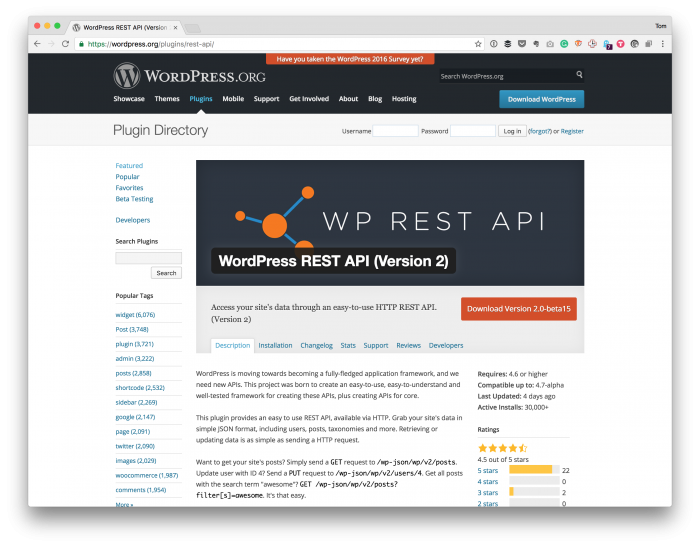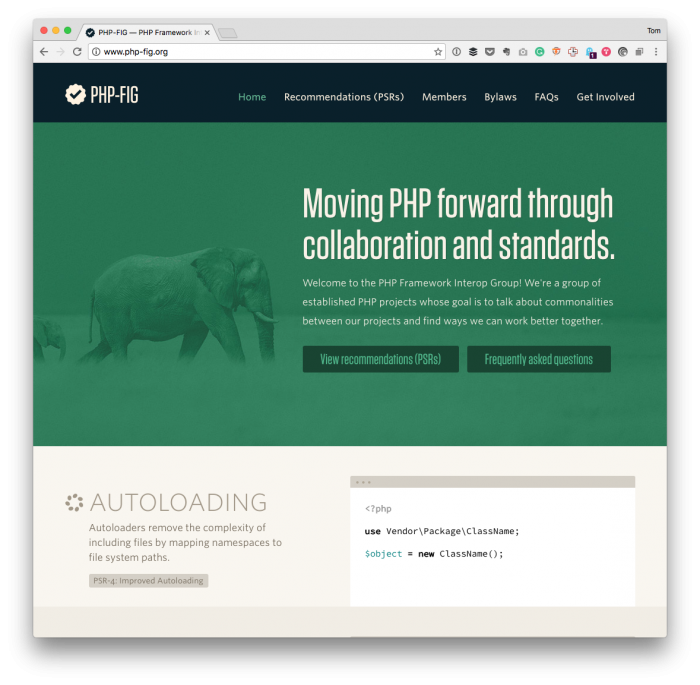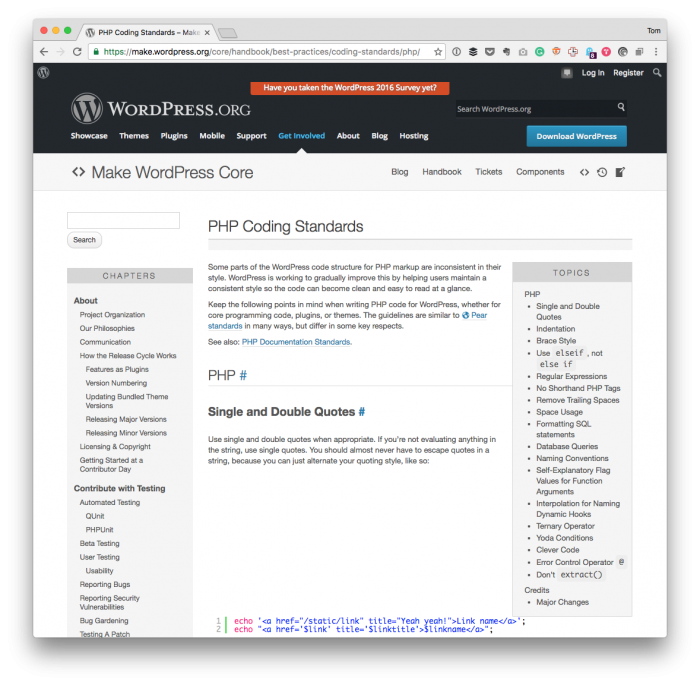The idea of using some type of configuration files for a project isn’t anything new. Nor is the idea of using a format such as JSON.
Look in any directory for a number of major applications that you use, be it a source control manager, IDE, a build tool, et al., and you’re likely to find some type of configuration file. (And when it comes to build tools, many of us already write configuration files using JSON specifically to tell the build tool information about our project.)

Configuration Files as seen in VS Code.
Yesterday, I shared some of the challenges that can come with creatively solving problems and said that I was going to talk about something I’ve been working on:
With all of that said, it wouldn’t be particularly honest of me if I didn’t discuss and share my code, though, would it?
So that’s the purpose of this post: To talk about one way that I’ve been looking to solve a problem in a project on which I’m working.





